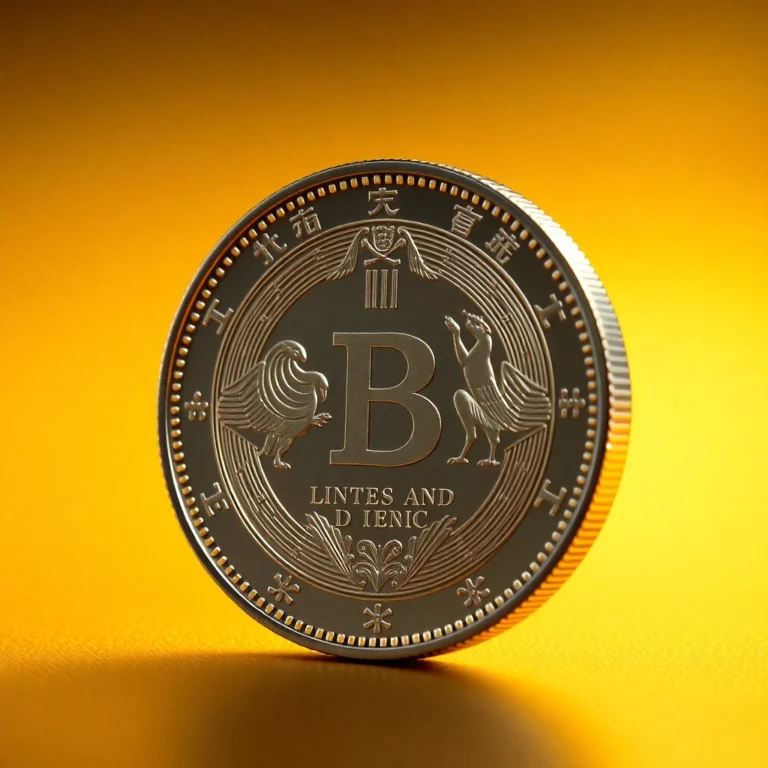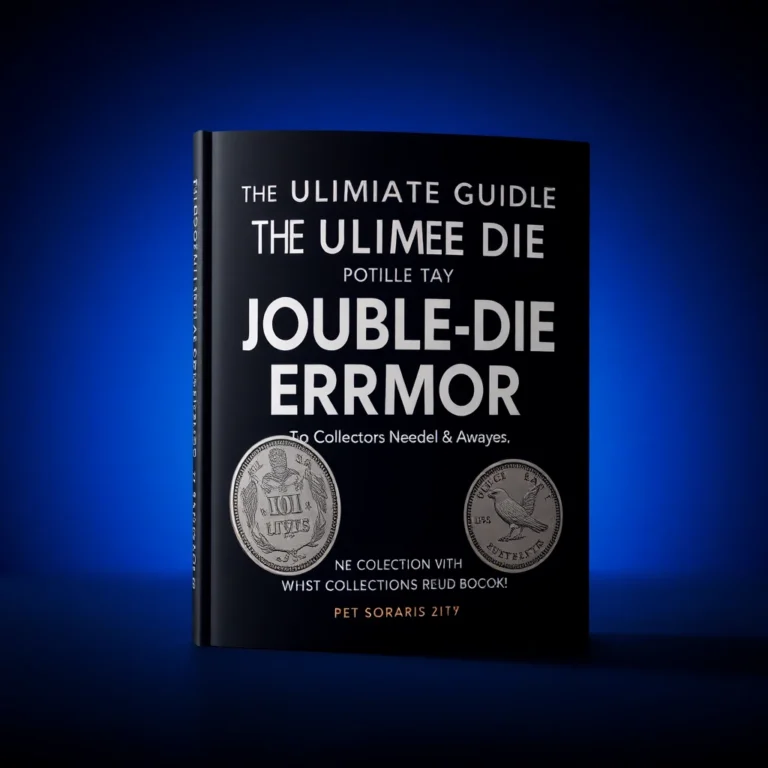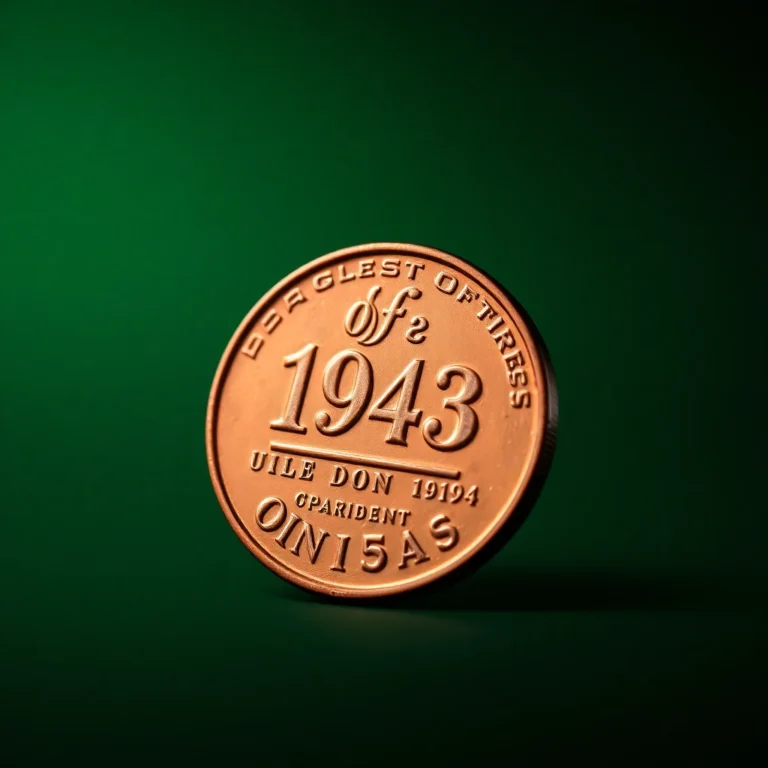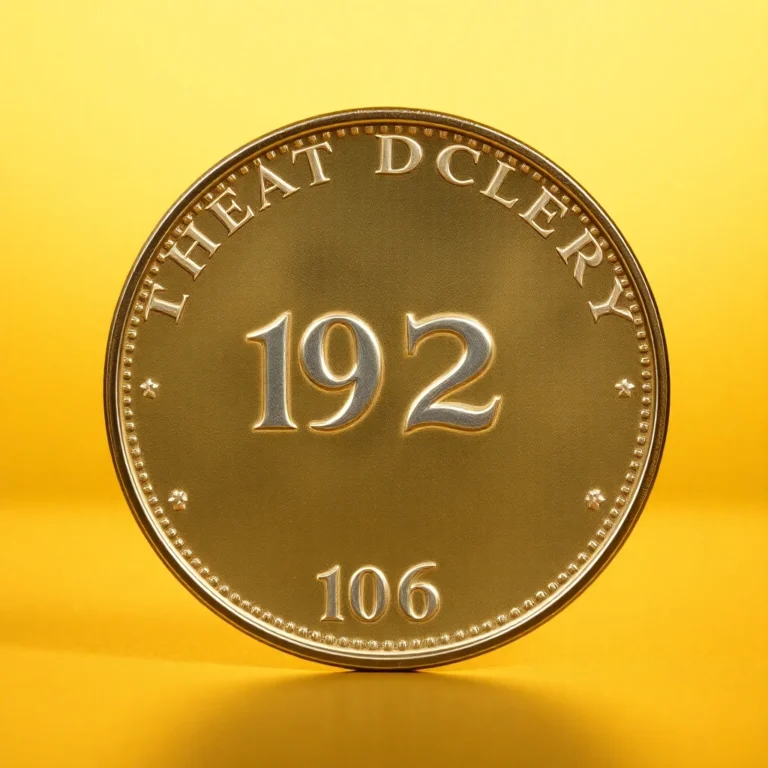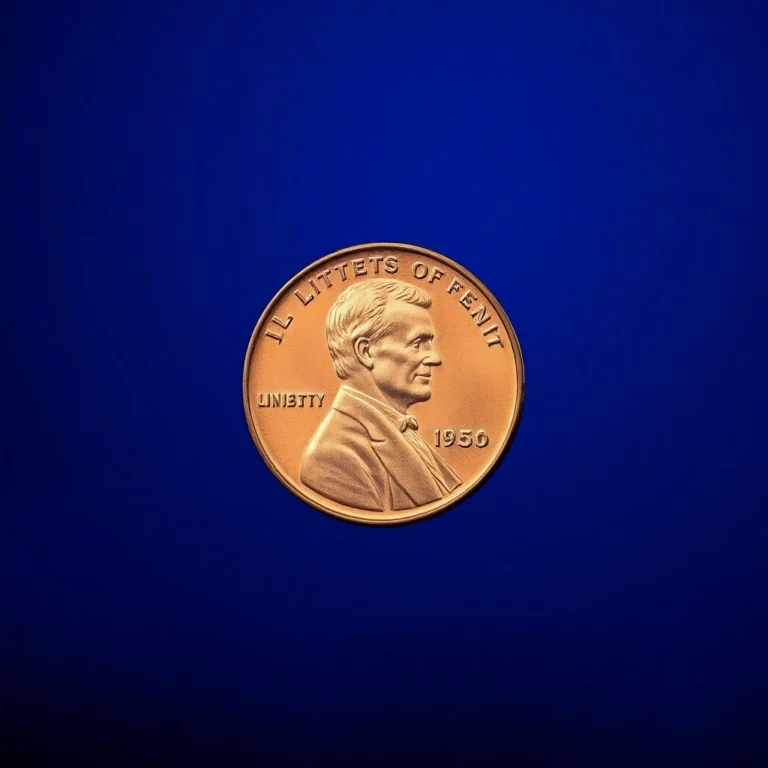Imagine finding a coin in your pocket change that defies the norms of minting perfection—a coin that tells a story of mechanical mishap yet shines with unique appeal. Welcome to the world of broadstrike error coins, where the unexpected becomes a collector’s dream. These coins, struck without the confines of a collar, spread wider than standard, creating an intriguing anomaly that captivates both novice and seasoned numismatists alike.
Broadstrike errors matter to collectors not only for their rarity but also for the fascinating glimpse they offer into the minting process. In our guide, you’ll discover how these errors occur, learn to identify their distinct characteristics, and understand their place within the broader landscape of coin collecting. As you delve deeper, prepare to uncover the hidden value these peculiar coins can hold, often fetching impressive sums at auction.
Intrigued by the possibility of finding a treasure in your spare change? Let’s explore the world of broadstrike errors and reveal why these coins might just be the hidden gems of your collection.
Historical Background and Significance of Broadstrike Error Coins
Broadstrike error coins are a captivating area of numismatics, offering collectors a glimpse into the complexities of coin minting. These errors occur when a coin is struck without the retaining collar, resulting in a coin with an expanded diameter but retaining all the original design elements. This error is a testament to the intricate processes involved in minting and the potential for unique mistakes that can enhance a coin’s value and allure.
Physical Characteristics and Design
Broadstrike error coins are characterized by their larger-than-normal diameter and absence of a defined edge, as they are struck outside the retaining collar. Despite this anomaly, the coin retains its full design details, albeit spread out over a larger surface area. This gives collectors a unique opportunity to own a piece of numismatic art that stands apart from standard issues. The lack of a collar can also affect the coin’s thickness and weight, though these changes are often minimal.
Mintage Figures and Rarity
Given the nature of mint errors, broadstrike coins do not have specific mintage figures. Their rarity varies depending on the year and mint of the coin in question. Generally, such errors are uncommon, making them sought after by collectors who appreciate the rarity and uniqueness they represent. The rarity can be influenced by the minting process of the era and the vigilance of mint quality control.
Known Varieties and Errors
Broadstrike errors can occur on any denomination of U.S. coinage, from pennies to dollars. Notable varieties have been observed in Lincoln Cents, Jefferson Nickels, and Washington Quarters, among others. Each denomination and year can present unique characteristics depending on the specific minting error, making them fascinating subjects for specialized collections.
Value Information
The value of broadstrike error coins depends significantly on the coin’s condition, the specific error, and the demand among collectors. Below is a detailed value table for broadstrike error coins by grade:
| Grade | Value Range |
|---|---|
| Good (G-4) | $15-$25 |
| Very Good (VG-8) | $30-$50 |
| Fine (F-12) | $60-$80 |
| Very Fine (VF-20) | $90-$120 |
| Extremely Fine (EF-40) | $130-$170 |
| About Uncirculated (AU-50) | $180-$250 |
| Mint State (MS-60) | $300-$400 |
| Gem Mint State (MS-65) | $500-$700 |
Authentication Tips
Authentication of broadstrike error coins involves careful examination of the coin’s physical characteristics. Ensure the coin has a consistent spread of design elements and lacks the defined edge typical of standard minting. Be wary of alterations or counterfeit attempts; genuine broadstrikes will display natural wear in line with their condition and age.
Broadstrike error coins are a fascinating addition to any collection, offering a unique blend of artistry and historical intrigue. By understanding their characteristics, rarity, and value, collectors can make informed decisions and appreciate the beauty of these minting marvels.
FAQs
How is the value of a broadstrike error coin determined?
The value of a broadstrike error coin is determined by factors such as the coin’s denomination, date, rarity, and condition. Grading plays a crucial role, as higher-grade coins with minimal wear are typically more valuable. Collectors often seek coins with clear strike errors that are easily visible to enhance their collections.
What are some tips for authenticating broadstrike error coins?
To authenticate a broadstrike error coin, examine the coin for features like an expanded diameter and missing edge design. Compare with standard coins to spot differences. Consider consulting a professional grading service or experienced numismatist for verification, especially for high-value coins.
What advice would you give to someone starting a broadstrike error coin collection?
Begin by educating yourself about broadstrike errors and their characteristics. Start with affordable coins to understand the market and gradually move to rarer pieces. Join numismatic clubs or forums to connect with other collectors and gain insights. Always buy from reputable dealers or auction houses to ensure authenticity.
What is the historical significance of broadstrike error coins?
Broadstrike error coins offer a glimpse into the minting process and highlight the occasional imperfections in coin production. They serve as historical artifacts, showcasing the evolution of minting technology and quality control over time. Collectors appreciate these errors for their uniqueness and historical context.
What are some common varieties or errors associated with broadstrike coins?
Common varieties of broadstrike errors include those with incomplete or missing designs on the edges, expanded diameters, and off-center strikes. Each error type provides a unique collecting opportunity, with some varieties being more sought after due to their distinct appearance or rarity.

